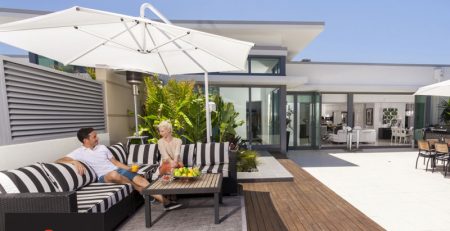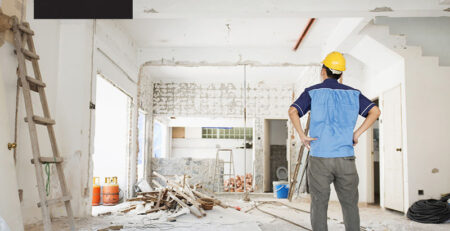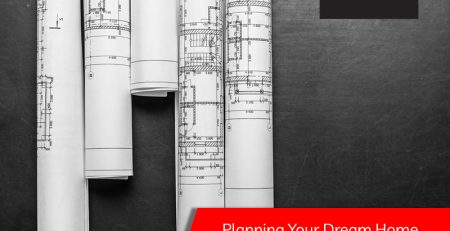When Can You Build Without Plans in South Africa?
The time and effort needed to build a new home or commercial space or to make changes to an existing one can be significant. And it can be a little hard to accept the costs and red tape required to “do it right” here in South Africa, especially when you know for a fact that half the country’s dwellings are illegal in some way or another.
That said, those of us who are determined to stay on the right side of the law and do things the correct way have probably asked the question, “When can I build without plans?”
There is no short answer to this question, and we encourage you to do your homework to ensure that you understand the do’s and don’ts of SA’s somewhat convoluted building and planning regulations.
What Can You Build Without Plans?
Building works that require no input from the local municipality are limited, to say the least. However, this is understandable when you consider that there are so many factors to consider when erecting or making changes to buildings. Many people, while capable of building a great structure, may not consider essential criteria such as health and hygiene, the effect on the neighbours and surrounding properties, local aesthetics, or drainage and flooding issues.
To answer the question then, we’ll take a look at the main categories of building works, each with its own fees and requirements.
1. NIL
This (admittedly small) section is essentially the answer to your question. Structures or building work that does not require you to chat with the local municipality, submit drawings, or pay any sort of fee include:
- Playhouse or shed (less than 5 m2)
- Wire fences
- Barbed or razor wire on walls or fences
- Pergolas (without a solid roof of any kind)
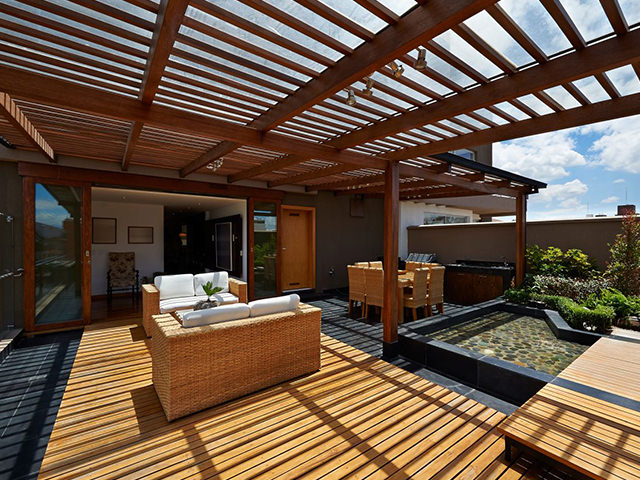
So, as you can see, not a lot can be done without permission.
2. Minor Building Works (MBW)
In the case of minor building works, you are required to seek permission from the local authority before you start construction. More often than not, you won’t require a full set of plans, although a drawing would probably prove helpful in some cases. MBW include:
- Temporary structures
- These would include tool sheds or other temporary structures that you would need during construction.
- Chicken coops (less than 10 m2)
- Aviaries (less than 20 m2)
- Solid fuel stores or tool sheds (less than 10 m2)
- Greenhouses (less than 15 m2)
- Covered carports with open sides (less than 40 m2)
- Walls (masonry, concrete, timber, etc) less than 1,8 m high which aren’t used for retaining soil
- Changing room (less than 10 m2)
- Replacement of a roof with the same materials
- Door to window (or vice versa) conversion that maintains the original size of the opening
- Opening or partitioning of an internal wall that does not affect the structural integrity of the building
- Addition of a water heater (less than 6 m2)
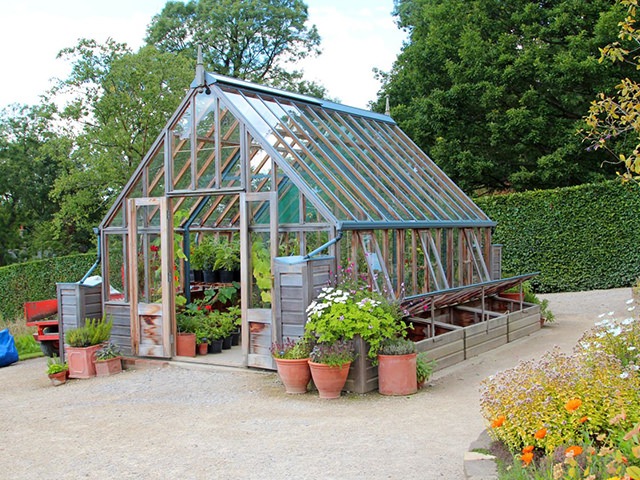
In the case where the local authorities don’t require a full set of plans, they may still ask for information of the intended use and life span of the structure, where it will be located on the property and what construction materials are being used. Some of these projects will still require the input of a registered competent person (architect, engineer etc.)
You can read more detailed information on South African National Building Regulations here.
Important Note
This article serves as a broad overview of South African building requirements. When reviewing building regulations for your particular needs, be sure to refer to your local municipality and ask for the advice of qualified professionals, as there are minor provincial differences which you may need to consider.
Stay Within the Law
Outside of the MBW detailed above, South African building regulations dictate that you adhere to their code and ensure that you submit all required documents, drawings and certificates. We’ve seen the tragic consequences of informal buildings ravaged by fire or flooding, those battling with unhygienic living conditions, unsafe structures, and dangerous illegal gas and electrical installations. This is a direct result of bypassing the building regulations and serves as a warning to those who are thinking of circumventing the system.
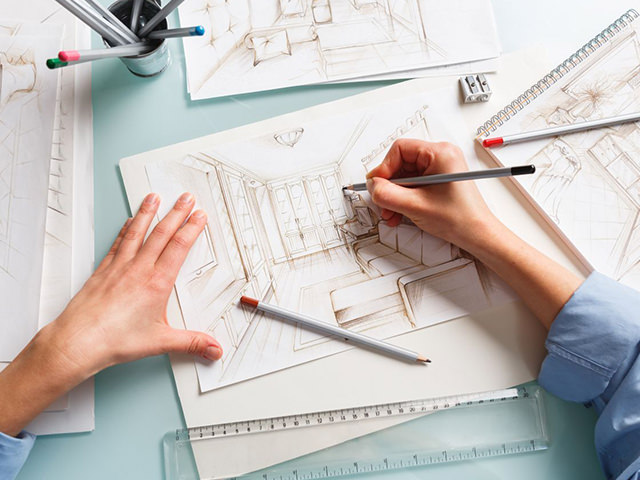
If you were hoping for a loophole that allows you to install a swimming pool or guest suite, or otherwise build without plans, we’re sorry to be the bearers of bad news.
However, we do hope that once you’ve gotten over the initial disappointment, your building plans will include some of our beautiful, hard-wearing doors and attractive window designs.
Request A Call Back from a branch near you


